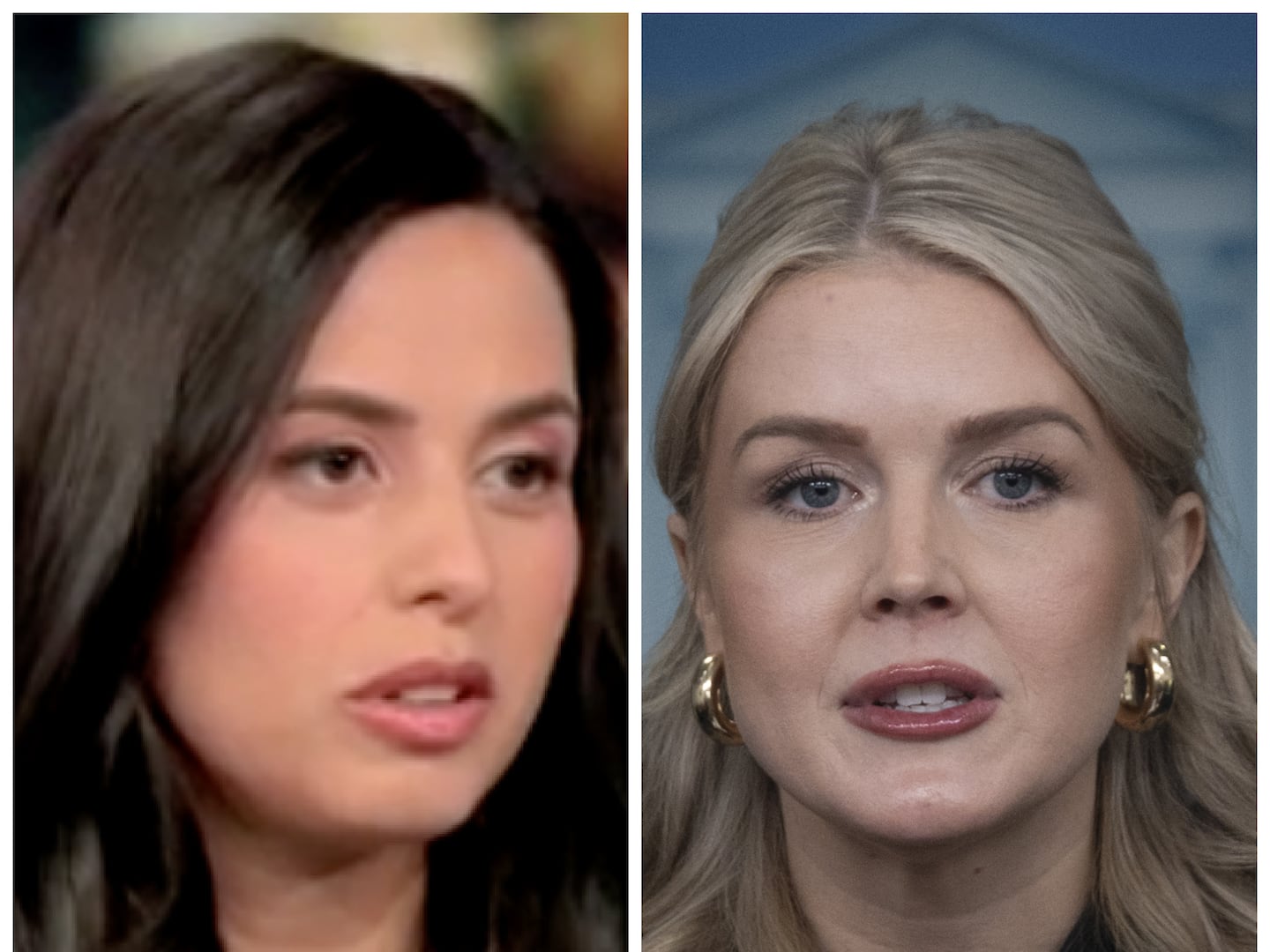President Donald Trump knew what he was doing when he picked Fox & Friends co-host Ainsley Earhardt for an “exclusive” White House interview taped shortly after he dropped the hardly surprising news on Twitter that he never had tapes of his conversations with fired FBI Director James Comey.
After getting a couple of questions out of the way about First Lady Melania Trump’s big move into the White House — “Are you missing New York?” — Earhardt moved on to the “big news” of the day. “You said you didn’t tape James Comey,” she told Trump. “Do you want to explain that? Why did you want him to believe that you possibly did that?”
It was a decent question and one that set Trump up to potentially incriminate himself if he suggested that he was trying to influence Comey’s testimony by making him think there was a record of their conversations beyond the one the FBI Director wrote down in his contemporaneous memos. And unsurprisingly, he proceeded to do just that.
This is what counts as a follow-up question on @foxandfriends: https://t.co/1Y5IYxxnaI pic.twitter.com/eMh5BVYq52
— Matt Wilstein (@mattwilstein) June 23, 2017
“Well, I didn’t tape him,” Trump said, setting off on one of his rambling answers designed more to confuse than to illuminate anything. “You never know what’s happening when you see what the Obama administration, and perhaps longer than that, was doing all of this unmasking and surveillance and you read all about it and I’ve been reading about it for the last couple of months about the seriousness of the—and horrible situation with surveillance all over the place. And you’ve been hearing the word unmasking, a word you’ve probably never heard before. So you never know what’s out there, but I didn’t tape and I don’t have any tape and I didn’t tape. But when he found out that there maybe are tapes out there, whether it’s governmental tapes or anything else or who knows, I think his story may have changed. I mean, you’ll have to look into that because then he’ll have to tell what actually took place at the events. And my story didn’t change. My story was always a straight story, my story was always the truth, but you’ll have to determine for yourself whether or not his story changed. But I did not tape.”
But it was Earhardt’s follow-up that seemed to stun even the president. “It was a smart way to make sure he stayed honest in those hearings,” she said, sounding more like one of his sycophantic cabinet members than a member of the media.
“Well, uh, it wasn’t very stupid, I can tell you that,” Trump replied, a smile forming across his face. “He was, he did admit that what I said was right. And if you look further back, before he heard about that, I think maybe he wasn’t admitting that, so you’ll have to do a little investigative reporting to determine that, but I don’t think it will be that hard.”
And that was it, they were on to the next topic.
To review: Trump tweeted a little more than a month ago, “James Comey better hope that there are no ‘tapes’ of our conversations before he starts leaking to the press!” As Comey testified under oath a few weeks later, it was that tweet that prompted him to go public with his story, a move that led directly to the appointment of special counsel Robert Mueller. Meanwhile, the day after Comey testified, Trump accused him of lying and said he was “100 percent” willing to give his account under oath, something he has so far declined to do.
A couple of hours after Trump’s interview aired, White House Press Secretary Sean Spicer actually went on camera on Fox, where he insisted to anchor Bill Hemmer that Trump was in no way trying to “intimidate” Comey with his original tweet about tapes.
“The reality is, is that he wanted to make sure the truth came out,” Spicer said, “and by talking about something like tapes, made Comey in particular think to himself, ‘I better be honest, I better tell the truth about the circumstances regarding the situation.’”
So for once, Trump and his communications team seem to be on the same page. The president deliberately misled the public about the existence of “tapes” in order to influence James Comey’s testimony. And his friends at Fox agree that it was “smart” move.






